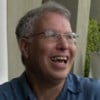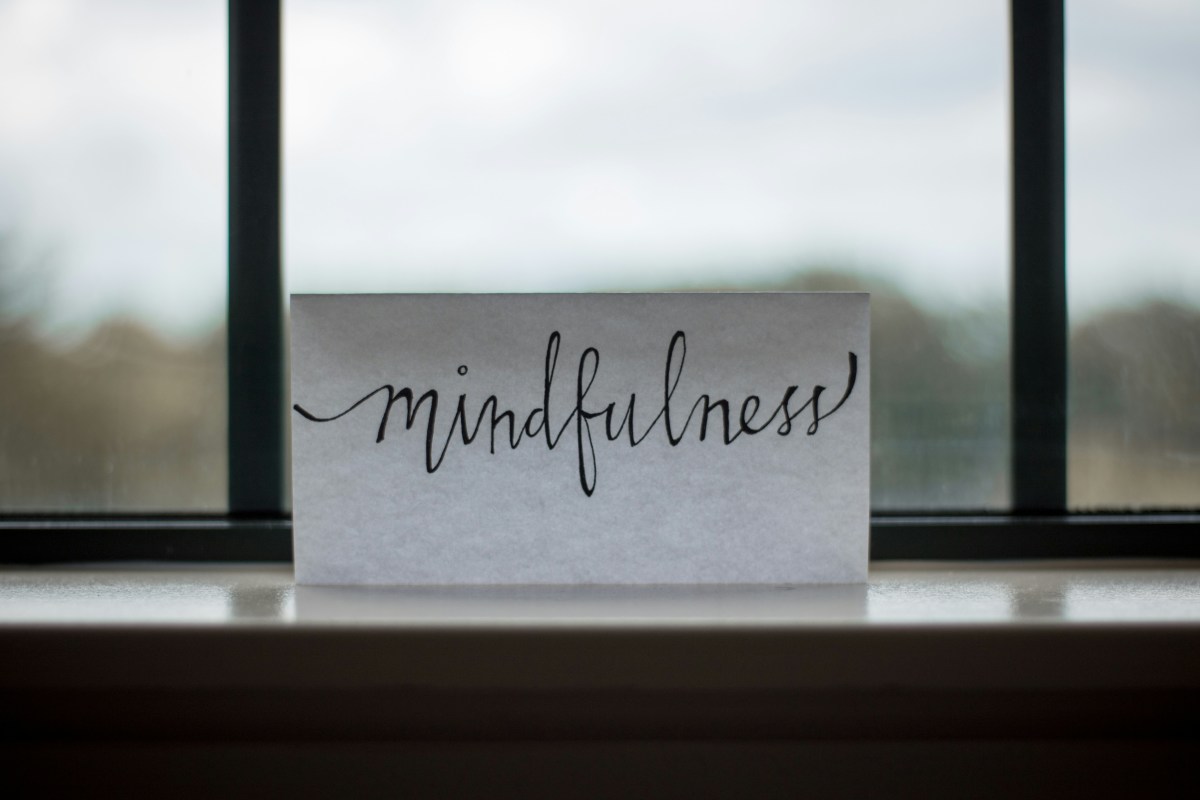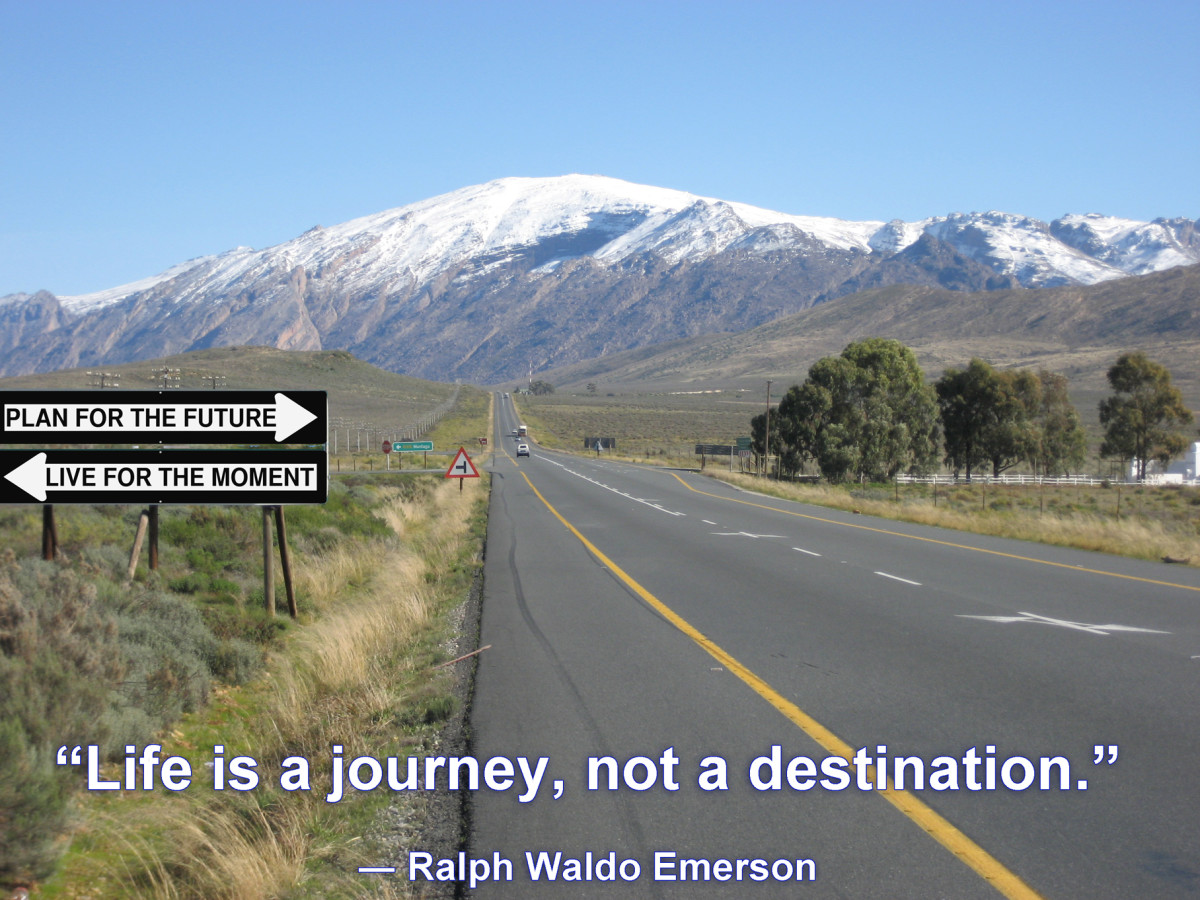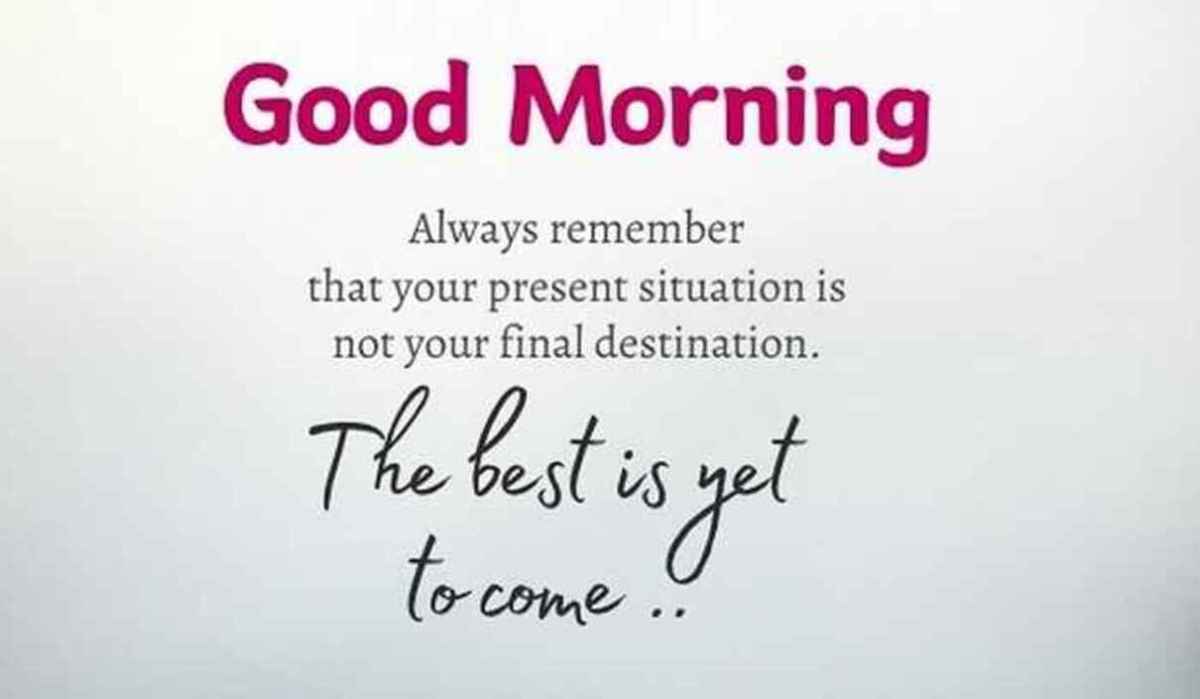Half-Conscious Living
I meditate - but what do I do with the rest of my day?
Zen Master Thich Nhat Hanh says that "mindfulness protects us." That is true, but it is not magical. We are not somehow protected from injury later in the day because we meditate in the morning. Rather, mindfulness meditation is a practice. We practice in the morning so that we can continue it all day long. And, when we are mindful, any time during the day, we increase our safety, health, and happiness.
The state of mind called mindfulness, which I like to call Loving Awareness, protects us moment by moment when we do it. A state of consciousness is a way of being connected with - or disconnected from - the world. For example, many people drive in a disconnected or aggressive way. Disconnected or aggressive is their state of mind, or state of consciousness. But, when I learned defensive driving, I learned it as a way to be mindful of safety, and mindful of the actions of other cars on the road, and in that consciousness, we drive safely. Others might have learned defensive driving in a fear-based consciousness, but that is less effective, because we are stressed and less aware and in control when we are afraid.
Mindful living is living safely. On a physical level, we can avoid accident and injury. Also, by remaining calm and breathing naturally, we maintain and improve our health, instead of being stressed out. Emotionally, we can be lovingly aware of others, and of our reaction to them, and not let emotional strain get out of control. We can prevent most conflicts, and resolve the rest calmly. I engage people in many ways, and very deeply, but conflict is very, very rare in my life.
Mentally, living in Loving Awareness, we are not overwhelmed by excess thinking. When we practice it steadily, we remain sharp; we don't easily become tired or confused. Remaining clear, with less confusion and vagueness, we have more effective options.
If we treat our morning meditation as practice, then we live in mindfulness all through the day, which is where the game is really being played. And the stakes are the elimination of suffering.
When someone learns meditation from me, they reach a point where they are meditating every morning for half an hour. They've worked hard for this, and they are - and should be - proud. But if they are a genuine student of the Way, then I rejoice with them, but I am not easy on them. I ask, "If you are in Loving Awareness 1/2 hour a day, what are you doing the other 23 1/2 hours a day?" Then we begin to learn continuous practice, returning to, and staying in, Loving Awareness, every breath of the day.
At this point, we students (Yes! I'm still learning this.) face another challenge. We have all acclimated to our suffering. Hurting, being out of alignment, feeling dis-ease has become normal to us. As my coach Kim George puts it, we think we are alive, but we are living in a satin-lined coffin, not really alive. It is time to Wake Up each and every moment. Remember that the word "Buddha" simply means "one who is awake."
As we are learning to dwell in Loving Awareness, it is time to start using all that we know.
Two ways of growing
When people take on something new, we do it in one of two ways. Most people add it to their busy lives, and let it have a little influence. So, we might start to exercise - walk, play tennis, work out - but not change the way we stand and breathe all day long. A few people take on something new by renewing their entire lives. Here's a funny, true story. When I was 19, I started learning martial arts. Now, for martial arts, we wear a heavy robe called a "gi." Well, I didn't wear my gi just at the gym. I lived in the thing. It felt more comfortable than my other clothes. I took on new clothes, a new way of standing, a new style of breathing, and a new way of feeling alive and moving through life. (I tend to do everything that way.)
Sometimes, we have to make just such a big change in our lives. Entering rehab - whether from addiction, or after an accident - is one example. So is joining the military, or getting into an elite dance academy, or going into pro sports training, or joining a monastery. When we make this kind of change, we drop our old way of doing everything we do, and do everything in a new way, because that is the only way to succeed in the new environment.
Note, I don't say that we drop everything we do. We still sleep, eat, work, learn, spend time alone and with others, and grow. We just do all of it in a different way.
To make sense of this, it's important to know that we all live inside a few set paradigms, or frameworks, that is, ways of seeing the world. When we just add something to our lives, we are not changing our paradigm. We are growing and learning, but only inside the box. When we change the way we do everything we do, we are changing our paradigm. Then we are growing and learning outside the box, as well as inside it.
And this is important. The paradigm, framework, or box we live inside always includes some limitations. Often, it is the source of our deepest suffering. Adding meditation to our lives as something inspirational, without seeing and challenging our paradigm, is what I call half-conscious living. It is more valuable than the unconscious way of living of most people. But it misses the tremendous value of fully conscious living.
We can grow without challenging our paradigm, but only just so much.
Two plants in a garden
Suppose I buy two plants in small pots. I take both out into the garden. One, I plant in a large pot. The other, I plant in the earth.
The one in the large pot is like the person who adds meditation to his life, but who doesn't become lovingly aware of, and challenge, his paradigm. Meditation becomes a way to relax on the cushion, but, when he gets off the cushion to go to work, he gets tense again. He goes back to his usual way of responding to life. Meditation simply makes his current life a bit easier.
The plant transplanted into the earth is like the person who takes on meditation as a whole new way of life, not just as a separate activity. There is no limit to how deep this person's roots can grow, or how high and wide her branches can spread. At first, she might work mostly within her own root-ball. But, sooner or later, she will leave the old flower-pot - the old box - behind, and grow to be much greater.
Living a half-conscious life is like living in a meditation garden - and staying inside the old flowerpot.
Living a fully conscious life is like growing into the garden, fully rooted in Mother Earth, and becoming a free being on Earth and under Heaven.
When the stuff hits the fan
These two ways of taking on Loving Awareness, or any other practice of healing awareness, have big consequences when difficulties arise.
The person for whom meditation is just an add-on, the person living the half-conscious life, is likely to forget all about meditation or other healing techniques when trouble arises. Under stress, we all tend to revert to old habits, and to literally forget new things we've tried. For example, a client of mine who learned meditation with me also learned five different ways to prevent or heal insomnia. But, at a very stressful time in his life, the insomnia came back for several weeks. When he brought it up, we talked about it. I helped him remember the five different techniques, all of which he had either forgotten, or just hadn't tried.
This tendency to not use what we've learned, sadly, can have much more serious consequences. I have taught people techniques to prevent and heal cancer, and then, when the diagnosis comes, they rush off to the doctor and use only what the doctor has to offer, and don't bring their own capacity to healing into play. And that capacity for healing can make a tremendous difference. That's true no matter what kind of treatment we use. Also, I've trained people in peaceful techniques of conflict prevention and conflict resolution. But the people forget them completely and get into an argument with a spouse, sometimes even a dangerous one.
In these cases, the people are practicing, growing, and learning. In a sense, they are doing the best that they can. But they've made a deeper choice not to look at the box they are in, to remain with their roots bound in the old pot. They get some sunlight, but they don't get the full gift of the garden.
A life-threatening illness or a crisis in relationship can be a chance for a person living the half-conscious life to wake up and re-engage. Then they begin to use all that they know, all that they have learned in meditation. They begin to live a fully conscious life.
Living a fully conscious life
At this point, the meditation practitioner can take his or her practice deeper. "Wait, I know meditation helps with illness, and I know how to meditate. What more can I do?" This is an Aha! moment, a paradigm shift. This realization bursts the box or the old planter. This let's us live a larger life, free of the bounds of our unconscious assumptions that have kept us tied down.
When a person makes this shift, we discover, inside ourselves, limitless capability awakening. Whatever we do to get outside support, we find a greater healing gift and creative talent within. We don't just heal; we give birth to ourselves in a whole new life.
Living fully consciously, in loving awareness, we engage in self-inquiry. We explore all the scripts, assumptions, habits, and postures of a lifetime. We breath, stand, and move differently. We no longer learn relaxation, we learn to remain relaxed, dwelling in relaxed, healthy, natural breathing, and not letting anything take away our breath, or our inner peace and joy.
Please, don't wait for the cancer or the divorce or the loss of a job. The fully alive you, connected to Heaven and Earth, is alive in you now. It is calling you to live fully, to dance life. Say "Yes!" to the invitation.








